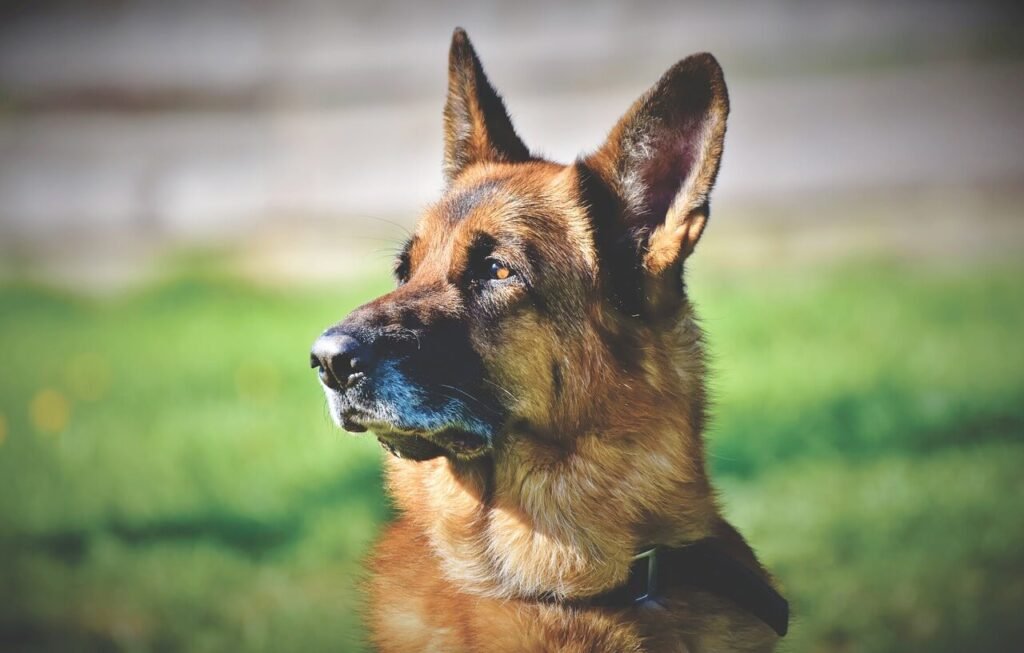Unleashing Protection: The Ultimate Guide to Guard Dog Training
In today’s unpredictable world, having a loyal companion who can also protect you and your property is invaluable. Guard dog training is not just about teaching a dog to bark loudly or act aggressively—it’s about nurturing their natural instincts while instilling discipline and trust. Whether you’re considering training your own dog or adopting one specifically for protection, understanding the principles of guard dog training is essential. In this guide, we’ll explore everything you need to know to transform your furry friend into a reliable guardian.
Key Qualities of an Effective Guard Dog
Before diving into the training process, it’s crucial to understand what makes a dog suitable for guard duty. Not every breed or personality type is cut out for this role. Here are some key qualities to look for:
Strong protective instincts
High level of intelligence
Good physical stamina and strength
Loyal and bonded to their handler
Calm and confident demeanor
A dog with these traits will have the foundation needed to excel in guard dog training. Remember, a successful guard dog is both physically capable and mentally sharp.
Essential Commands Every Guard Dog Should Master
Training a guard dog starts with mastering basic obedience commands. These commands form the backbone of their ability to respond effectively in various situations. Here’s a list of essential commands:
Sit and Stay
Come when called
Heel during walks
Alert or Bark on command
Quiet on command
These foundational commands ensure that your dog remains under control even in high-pressure environments. Consistent practice and positive reinforcement are key to achieving mastery.
Check this guide 👉Homemade Dog Treats: Best 7 Expert Tips!
Check this guide 👉High-Value Dog Treats: 7 Pro Tips to Pick Perfect Treats!
Check this guide 👉Top 5 Best Bacon Dog Treats for Ultimate Pawsome Rewards!

Training Phases | Key Focus Areas |
|---|---|
Socialization | Building confidence around people and other animals |
Basic Obedience | Teaching fundamental commands like sit, stay, and heel |
Advanced Commands | Introducing specialized skills like alert barking and guarding |
Simulated Scenarios | Practicing responses to real-life threats in controlled settings |
Refinement | Polishing behaviors and ensuring reliability under all conditions |
Common Mistakes to Avoid During Training
Even experienced trainers can make errors when working with guard dogs. Being aware of potential pitfalls can help you avoid setbacks. Here are some common mistakes:
Skipping foundational training
Using harsh punishment instead of positive reinforcement
Overworking the dog without adequate rest
Failing to socialize the dog properly
Neglecting ongoing practice and maintenance
By steering clear of these mistakes, you’ll create a more effective and harmonious training experience for both you and your dog.
Benefits of Owning a Trained Guard Dog
Beyond protection, owning a trained guard dog offers numerous advantages. These benefits extend to both practical and emotional aspects of life. Consider the following:
Enhanced personal security at home
Peace of mind when leaving the house unattended
A stronger bond between you and your dog
Increased confidence in public spaces
Potential cost savings on home security systems
Investing time and effort into guard dog training pays off in countless ways, making it a worthwhile endeavor for any responsible pet owner.
The Role of Positive Reinforcement in Guard Dog Training
Positive reinforcement is a cornerstone of effective guard dog training. By rewarding desired behaviors, you encourage your dog to repeat them willingly and enthusiastically. Here’s how you can incorporate positive reinforcement into your training routine:
Use treats or toys as rewards for correct behavior
Praise your dog verbally after they complete a task
Avoid punishment, which can lead to fear or confusion
End each training session on a positive note
Gradually reduce treats as the dog becomes more reliable
When used consistently, positive reinforcement creates a happy, confident dog that enjoys learning and performing its duties.
Choosing the Right Environment for Training Sessions
The environment plays a crucial role in the success of guard dog training. A suitable setting minimizes distractions and maximizes focus, allowing your dog to learn effectively. Consider these factors when planning your training sessions:
Start in a quiet, familiar space like your backyard
Gradually introduce new locations to build adaptability
Avoid crowded or noisy areas during early stages
Ensure the area is safe and free from hazards
Maintain consistency in location until commands are mastered
Selecting the right environment sets the stage for productive training and helps your dog stay focused on the task at hand.
Signs Your Dog Is Ready for Advanced Guard Training
Before advancing to specialized guard dog skills, it’s important to ensure your dog has mastered the basics. Look for these signs to determine if your dog is prepared for more challenging tasks:
Demonstrates consistent obedience with basic commands
Shows confidence in various environments
Exhibits controlled aggression only when appropriate
Responds reliably even in distracting situations
Displays strong bonding and trust with the handler
Recognizing these signs ensures a smooth transition to advanced training, helping your dog reach its full potential as a protector.
Common Challenges in Guard Dog Training and How to Overcome Them
Guard dog training can be highly rewarding, but it’s not without its challenges. Understanding potential obstacles and how to address them ensures a smoother training process. Here are some common challenges and solutions:
Dogs may struggle with focus during training sessions
Some dogs exhibit fear or hesitation in new environments
Over-excitement can lead to inconsistent performance
Handlers might unintentionally reinforce unwanted behaviors
Progress may feel slow or stagnant at times
By anticipating these challenges and addressing them proactively, you’ll build a stronger partnership with your dog and achieve better results in the long run.
Frequently Asked Questions About Guard Dog Training
What breeds are best suited for guard dog training?
Breeds like German Shepherds, Rottweilers, and Doberman Pinschers are often recommended due to their intelligence and protective nature.
How long does it take to train a guard dog?
The duration varies depending on the dog’s age, temperament, and prior training. On average, it takes several months to a year.
Can older dogs be trained as guard dogs?
Yes, older dogs can still learn new skills, but younger dogs tend to adapt faster.
Is professional training necessary?
While not mandatory, professional guidance ensures proper techniques and reduces the risk of behavioral issues.
Do guard dogs require special care?
Guard dogs need regular exercise, mental stimulation, and a balanced diet to maintain peak performance.
Conclusion: Building Trust Through Training
Guard dog training is a rewarding journey that strengthens the bond between you and your canine companion. By focusing on building trust, reinforcing positive behaviors, and avoiding common pitfalls, you can cultivate a loyal protector who enhances your safety and peace of mind. Remember, patience and consistency are key—your efforts will pay off in the form of a well-trained, devoted guard dog. Start today, and unlock the full potential of your four-legged friend!
Dwarf Cat Lifespan: Best 7 Expert Tips! Dwarf cats, often characterized by their uniquely short legs, capture hearts with their adorable appearance …
Blue Buffalo Cat Food: Best 7 Expert Tips! Discover how to choose the right formula, feeding strategies, and nutritional benefits for your feline friend.
Canned Pumpkin for Cat Diarrhea: Best 7 Expert Tips! Natural remedy to firm stools, soothe upset bellies, and support gut health safely.
Can a Cat Give You Scabies? Best 7 Expert Tips! Discover the truth about feline mites, human skin risks, and how to protect yourself—without panic.




